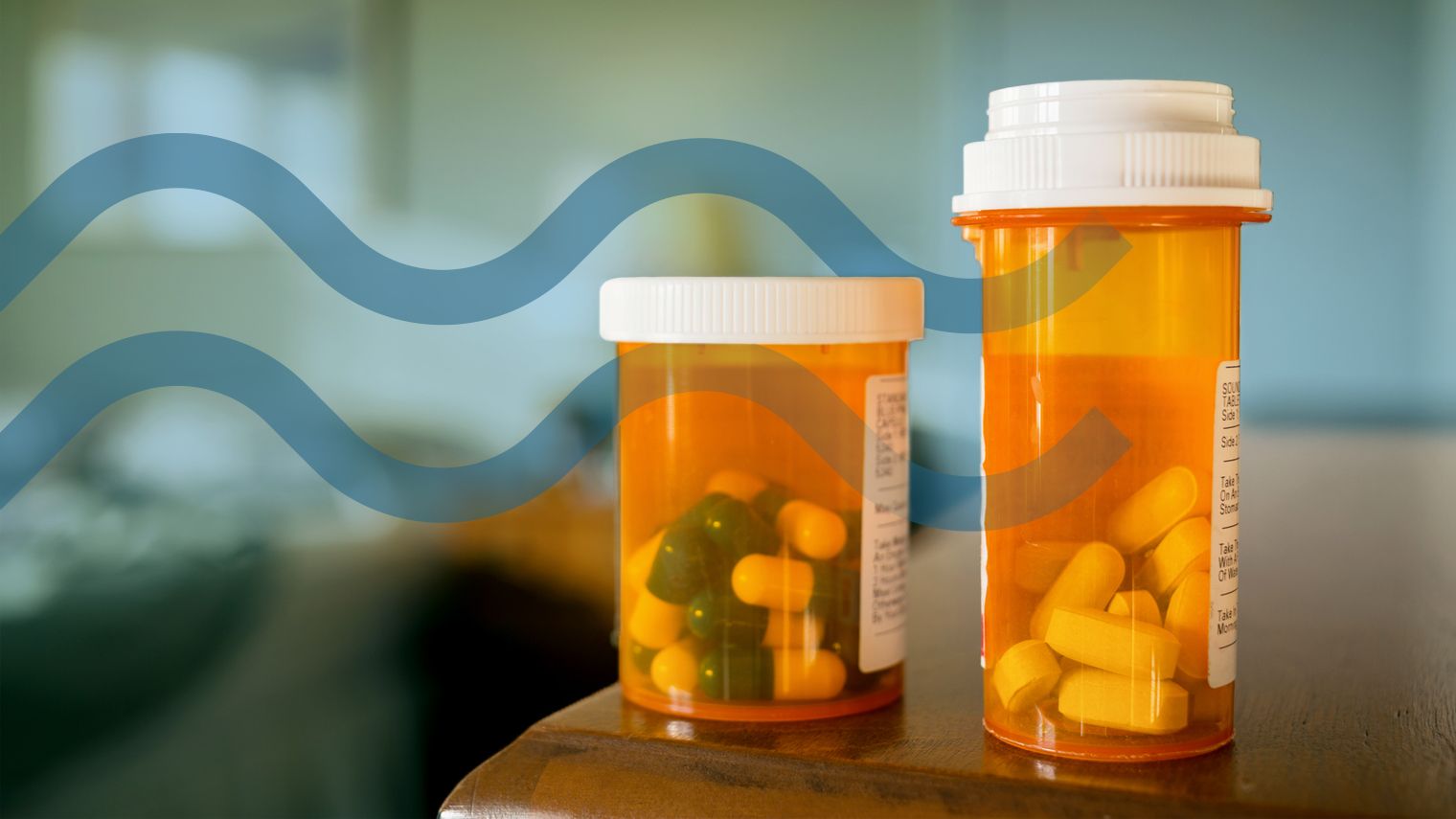6 Tips for Saving Money on Type 2 Diabetes Care
November 14, 2022
Content created for the Bezzy community and sponsored by our partners. Learn More

Photography by David Smart/Stocksy United
Shopping for groceries in season and comparing pharmacy prices are just a few ways to lower costs related to type 2 diabetes.
Living with type 2 diabetes can take its toll — physically, emotionally, and financially. Between copays, specialist visits, medication costs, testing supplies, and keeping the fridge stocked with healthy food options, managing diabetes can be a stressor for any budget.
People diagnosed with diabetes spend nearly $17,000 a year in medical costs, with about $9,600 of that directly attributing to diabetes. This is 2.3 times higher than individuals without diabetes.
But there are a few ways to ease the financial burden of this diagnosis. Keep in mind that these tips won’t work for everyone, but it’s worth a phone call or Google search to see if you qualify.
Here are six money-saving tips for almost anyone living with type 2 diabetes.


Check out the manufacturer’s website for any medication you’re taking
Often, pharmaceutical companies will offer steep discounts on newer medications. You can usually save or print out the savings card directly from the website. Bring that with you to the pharmacy to receive the discounted price.
The American Diabetes Association also has a consolidated list of manufacturers and their phone numbers so that you can easily find what you’re looking for.
Go generic
If available for your medication, going with the generic option will result in lower overall costs than sticking with the name brand. And did you know you can do the same with your glucose meter? Store-brand glucose meters are a great option, they undergo the same amount of testing for accuracy, and the supplies will cost you much less.
Personally, I use the meter from my local grocery store. The device, lancets, and test strips are significantly less than any of the name-brand meters I’ve used in the past.
Compare pharmacies
Medication pricing can vary from pharmacy to pharmacy, so it’s wise to call around for the best price. If you have commercial insurance, talk with your doctor about using a mail-order pharmacy. Usually, they’ll send a 90-day supply with the regular monthly copay.
If you don’t have insurance, consider using a money-saving app or website to help you find the best pricing on your medications. Some examples include as SingleCare, GoodRx, or ScriptSave WellRx.
You can also talk with your pharmacist to see if they have any recommendations for money-saving programs. Some pharmacies have discount programs you can join to receive coupons and special deals.
Talk with your doctor
If the cost of your supplies and medications is too much for your budget, talk with your doctor about lower cost alternatives. They may recommend a generic option or a combination medication that could be lower in cost.
In addition, they may be able to provide you with free samples of test strips or direct you to other resources for financial support.
Know your insurance plan and drug formulary
Staying in-network for doctor and specialist visits is an easy way to save money on copays. Use your insurance company’s website to find in-network professionals to keep costs down.
Each insurance company has its own list of preferred medications (known as a formulary). If your doctor prescribes a medication that isn’t on your company’s formulary, you’ll have a higher copay or have to pay full price. Become familiar with your insurance company’s coverage of the medications you take regularly, and keep an eye out for changes at the start of a new year.
Shop in season and in bulk
When making your meal plan and grocery list, focus on ingredients that are in season. This increases availability and usually reflects a lower price.
When it’s an option, purchasing frequently used items in bulk can save you money in your grocery budget as well. Plan out your meals in advance when you can, and make large batches that you can eat throughout the week or freeze for later. This can help reduce the temptation to purchase or eat an unhealthy snack.
And, of course, clip your coupons, use rewards cards, and shop sales. Some grocery chains will even honor competitors’ coupons.
The bottom line
Living with type 2 diabetes can be costly, but using the strategies above can provide some relief to a strained budget. Most importantly, don’t skip out on medical care or stop taking your medications because of the expense. Speak with your medical professionals and pharmacists for more resources.
Medically reviewed on November 14, 2022
1 Source


Like the story? React, bookmark, or share below:
Have thoughts or suggestions about this article? Email us at article-feedback@bezzy.com.